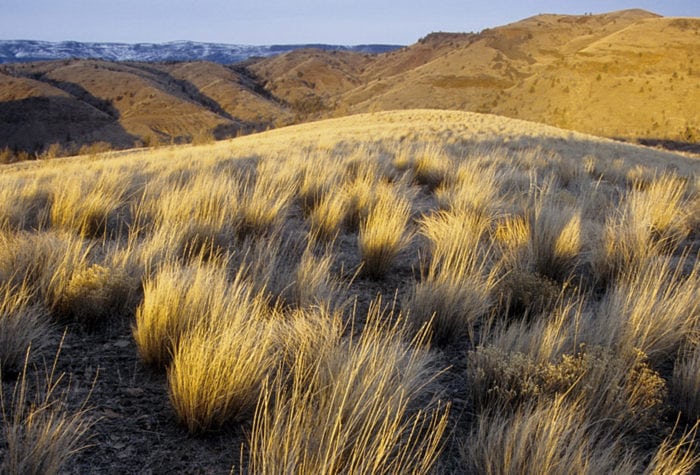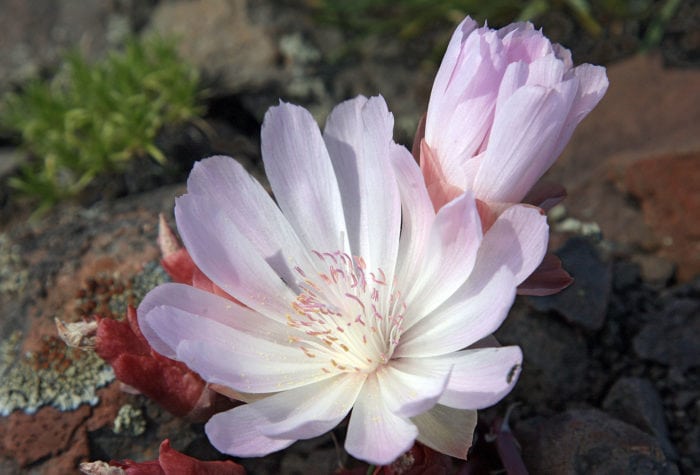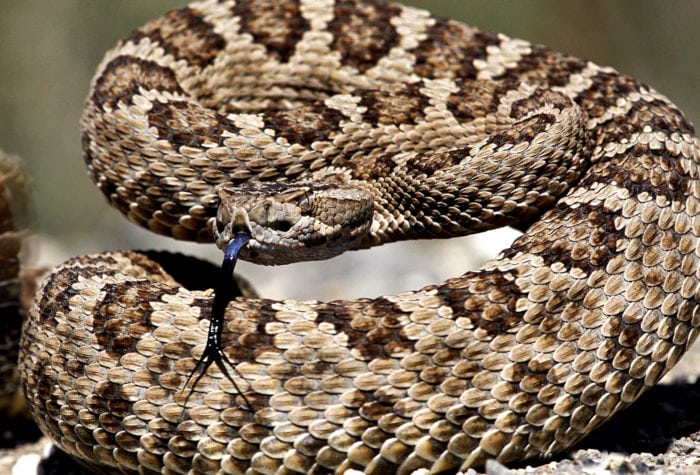Hay Creek BDA Construction #3
| Organizer: Jefferson Jacobs
Start Date: 8/27/2020 End Date: 8/30/2020 Region: John Day River Basin River Basin Difficulty Rating: 3 out of 5 Maximum Group Size: 25 participants |
About the place
Cottonwood Canyon State Park is one of Oregon’s newest state parks. Formerly the Murtha Ranch, this 8,000-acre park exemplifies the rugged beauty of the John Day River territory with remarkable canyons, tall plateaus and sweeping sage-covered views. Cottonwood is home to bighorn sheep, pronghorn antelope and elk, and the John Day River running through it is home to chinook, steelhead and other species of native trout.
View the map.
About the stewardship work
This trip involves restoring beaver habitat to three miles of Hay Creek, a steelhead-rearing tributary of the John Day. Beaver trapping, historic overgrazing, cycles of flood and drought, and recent wildfires have resulted in a creek eroded down to 20 feet below its surrounding floodplains, without native plant diversity or shade. The four-year Hay Creek restoration project (now in its third year of implementation) involves protecting existing vegetation from browse, building beaver dam analogs (BDAs) to provide irrigation to dry floodplains to make them suitable for planting, and installing a large number of diverse, native riparian plant species. By giving beaver the food and materials they need, they will be able to do the real restoration work in Hay Creek. The result will be a creek resilient to the impacts of climate change and able to support healthy populations of a wide variety of native flora and fauna.
On this trip, ONDA volunteers will finish installing portions of the final 22 BDAs planned for the creek. We will be weaving willows into the posts and placing rock and gravel to impound the water.
The work will involve helping distribute materials and tools to each construction site, photo documentation, assisting with measuring and surveying the construction, weaving willows into the posts and placing rock and gravel to impound the water. No experience or special equipment necessary, just a willingness to learn. Some tasks will be physically strenuous, but there are plenty of tasks which are not, or can be accomplished at a pace appropriate to your specific abilities.
Trip timeline
- Thursday, August 27, 5 p.m.: We will meet at the Cottonwood Canyon Campground. After dinner we’ll have time to talk more in depth about the coming days’ work and its significance in the bigger picture.
- Friday-Saturday, August 28-29: After breakfast, we’ll carpool the 20 minutes or so to the worksite in Hay Creek. We’ll be away from camp all day, but head back around 3:30 p.m. each day
- Sunday, August 30: After breakfast, we will break down camp and volunteers can head home.
- It is possible to join this trip for just one or two nights instead of three: please just notify the trip leader via email after registration.
Camp
We will be camping in the luxurious Cottonwood Canyon State Park Campground. There is potable water onsite, as well as bathrooms, showers and kitchen shelters.
Difficulty
There are PLENTY of various tasks that will need to be done, of varying degrees of difficulty. Everyone can pace themselves, regulate their own level of effort, switch between tasks of varying intensities and rest as needed.
Trip highlights and challenges
- Navigating steep incised stream banks, and being patient with a work flow that involves can be highly variable.
- A major feeling of accomplishment in being part of work which will fundamentally improve three miles of creek and eventually insulate it from the impacts of climate change.
- Getting to splash about in a creek.
- The relative closeness of the project area to Portland allowing for day-trip access if desired.
Participant responsibilities
Participants are responsible for their own food, camping gear as well as transportation to and from the trip. Car-pooling will be available. Participants should be prepared for a significant amount of wading in the creek, and therefore we recommend old sneakers (not sandals or rubber boots) for footwear. Participants should be prepared to be away from camp all day, each of the work days.
Gear provided
ONDA will provide tools for the work, some group camping equipment, and expert leadership. We also provide hot water at morning and evening mealtimes to help expedite meal prep, as well as fresh coffee each morning.
Registration
An ONDA registration application and medical form are required for this trip. Check the box next to each trip you would like to attend. You only need to fill this form out once per year.
Apply Now
What happens next?
You will receive a confirmation email within 10 working days of submitting your form. The confirmation email will provide information regarding which trips you are on the “participant list” for, and which trips are full, and therefore you have been placed on the “waitlist.”
Six weeks before the start of the trip, the trip leader will send out an RSVP to make sure everyone is still able to participate. Based on RSVPs, open spaces will be backfilled with people from the waitlist.
Three weeks before the trip start date, registered and confirmed participants will receive driving instructions, maps, car-pooling options, and additional information in an email sent by the trip leader.
If you have any questions in the meantime, please don’t hesitate to contact the trip leader.
Your Trip Leader
This trip will be led by ONDA's Riparian Restoration Coordinator Jefferson Jacobs. For questions about the trip call (541) 330-2638 ext 313 or email jjacobs@onda.org.
Meet JeffersonONDA's Restoration and Stewardship Work
Over the last two decades, ONDA has engaged volunteers in projects to plant thousands of trees, restore dozens of miles of streams, decommission old roads, and remove enough barbed wire […]
Read More

